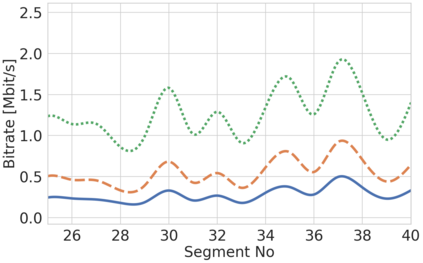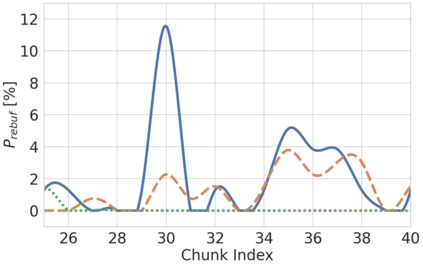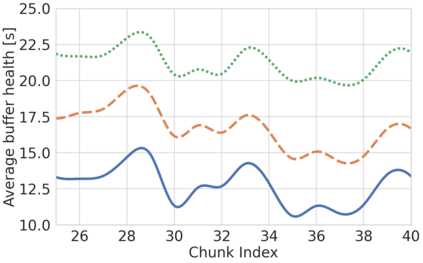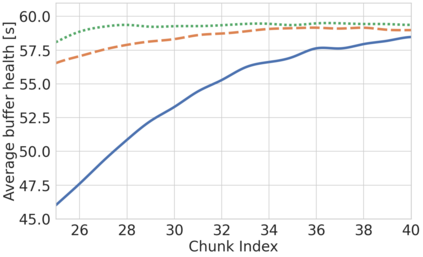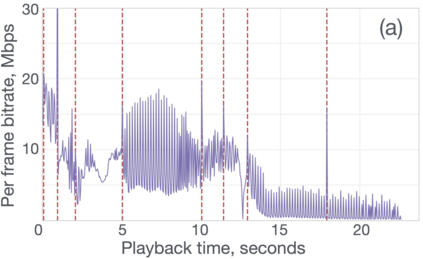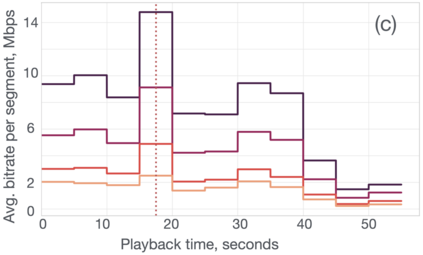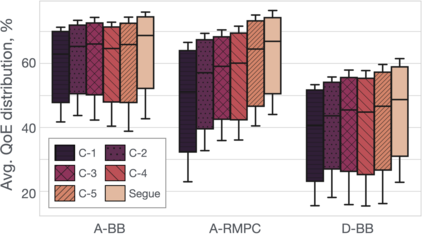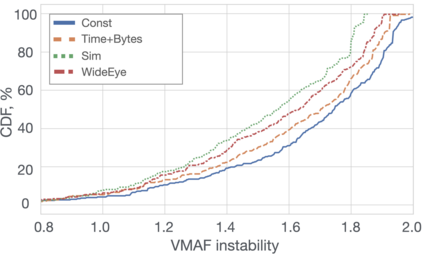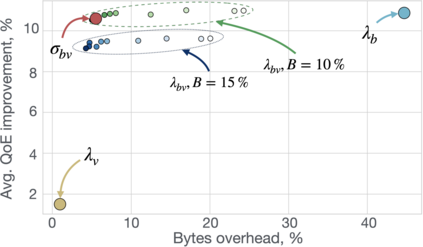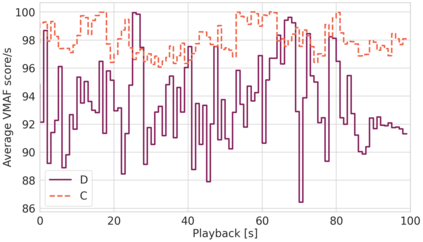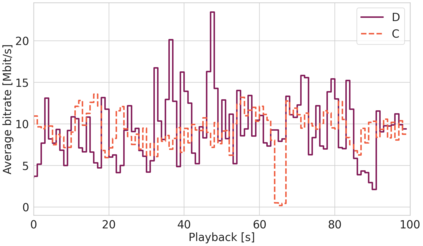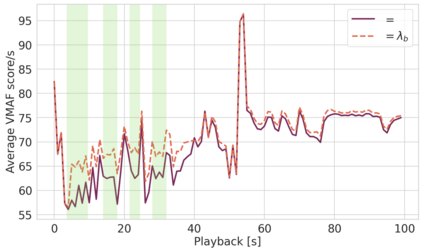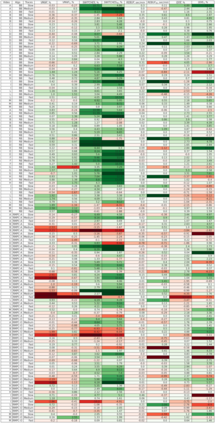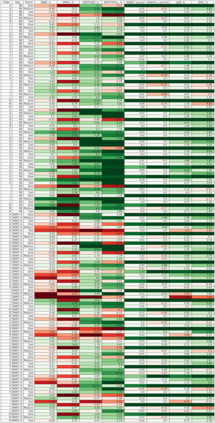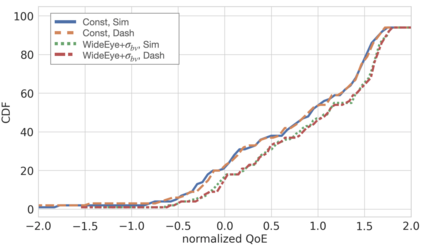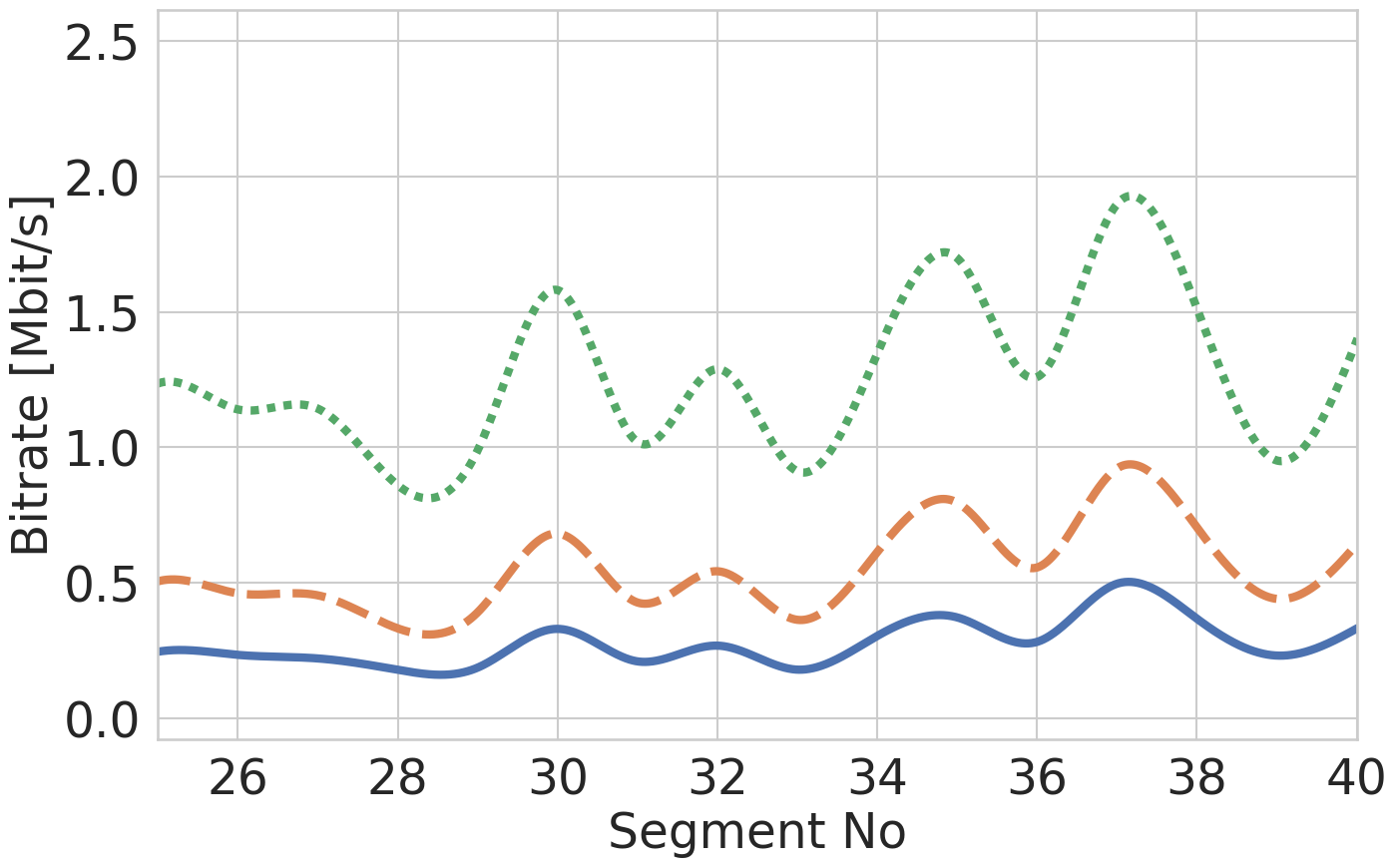We identify new opportunities in video streaming, involving the joint consideration of offline video chunking and online rate adaptation. We observe that due to a video's complexity varying over time, certain parts are more likely to cause performance impairments during playback with a particular rate adaptation algorithm. To address this, we propose careful use of variable-length video segments, and augmentation of certain segments with additional bitrate tracks. The key novelty of Segue is in making these decisions based on the video's time varying complexity and the expected rate adaptation behavior over time. We propose and implement several methods for such adaptation-aware chunking. Our results show that Segue substantially reduces rebuffering and quality fluctuations, while maintaining video quality delivered; Segue improves QoE by 9% on average, and by 22% in low-bandwidth conditions. Beyond our specific approach, we view our problem framing as a first step in a new thread on algorithmic and design innovation in video streaming, and leave the reader with several interesting open questions.
翻译:我们发现视频流中的新机会,包括联合考虑离线视频块块和在线利率适应。我们观察到,由于视频的复杂性随时间变化而不同,某些部件在播放特定速率调整算法时更有可能造成性能障碍。为了解决这个问题,我们提议谨慎使用可变长视频段,并增加某些部分的比特率轨道。Segue的关键新颖之处在于根据视频时间的不同复杂度和预期时间变化率适应行为做出这些决定。我们提议并采用几种方法来进行这种适应觉悟的块块。我们的结果显示,Segue在保持视频质量的同时,会大幅降低缓冲和质量波动;Segue平均将QoE提高9%,在低频宽度条件下提高22%。除了我们的具体方法外,我们把我们的问题视为在视频流中的算法和设计创新的新线索中的第一个步骤,让读者留下几个有趣的开放问题。

